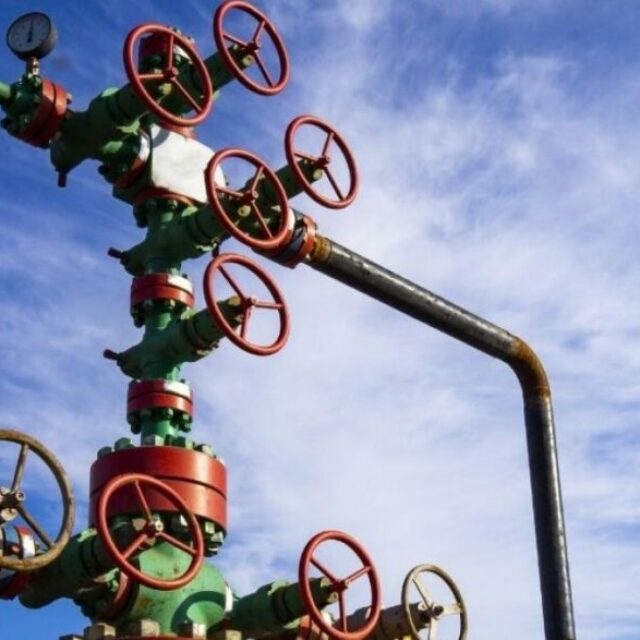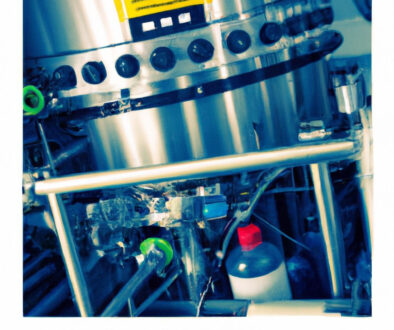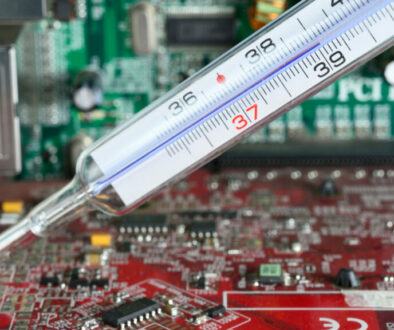Symptoms of a Failing Valve and How to Prevent It
In the world of engineering, there are a lot of little parts that make up the whole. Those parts all do a specific job, and if they are unable to perform well, the machine breaks down. One such part is a valve, or check valve. Valves are necessary to control the flow of gases or liquids in machines from cars to anesthesia machines to hydraulics. While the machines or systems that house valves may differ, the job doesn’t. Valves are there to control the flow, no matter what. They range from traditional valves that are manipulated by hand to automatically controlled electric valves that adjust to atmospheric conditions. Like everything else, valves have evolved and been made better since their invention. Valves function by restricting the flow of the gas or fluid to a set amount and letting it flow in only one direction. When valves fail, the results can range from minor to catastrophic; that’s why it’s important to maintain them and know the signs of dysfunction. Get to know the symptoms of a failing valve and how to prevent it, so your system continues to work well.
Types of Check Valves
- Ball Check Valve—This kind of valve uses a ball as the closing member and is very common. In some kinds of valves, the ball is spring loaded to help keep it closed. If there isn’t a spring, then reverse flow is needed to move the ball to create a seal. Ball check valves are small, simple, and cheap. They are commonly used in spigots and spray pumps.
- Pneumatic Non-Return Valve—These are used where a normal non-return valve would be ineffective—for example, when there is a risk of floodwater entering a site but an equal risk of pollution leaving a site and polluting the environment. This kind of valve is installed below ground and is used to pneumatically lock the non-return valve closed, thus preventing the pollutants from escaping. It is common practice to lock sites using pneumatic non-return valves during the loading or transferring of chemicals or hazardous waste.
- Diaphragm Check Valve—Uses a flexing rubber diaphragm positioned to create a closed valve. Pressure on the upstream side must be greater than the pressure on the downstream side by a certain amount, known as the pressure differential, for the check valve to open. Once positive pressure stops, the diaphragm automatically flexes back to the original closed position.
- Swing Check Valve—Swing check valves use a disc on a hinge, or trunnion, to block the flow. The disc either opens onto the seat to block reverse flow or off to allow forward flow. They come in all sizes but tend to be large more often than not. The flapper valve in a toilet is an example of a swing check valve. The pressure of the water keeps the valve in place until it is manually moved by a lever.
- Stop Check Valve—This is a valve with override control to stop flow regardless of the direction or amount of pressure. In addition to closing off lower-than-normal forward pressure or backflow, they can also be shut by an external mechanism, preventing any flow regardless of pressure.
- Lift Check Valve—In lift check valves, the disc is called a lift, and it is lifted off its seat by the high pressure of inlet or upstream fluid, which then passes to the downstream side. Guides keep the path of the lift vertical and in line so it can reseat properly. Once the pressure falls, gravity or higher downstream pressure will reseat the lift.
- In-Line Check Valve—These are like a lift check valve. The difference is that these have a spring that lifts when there is upstream pressure. The pressure needed to overcome the spring tension is called the “cracking pressure,” and when it falls, the spring will reseat the lift automatically.
Types of Check Valve Failures
The symptoms of a failing valve vary from machine to machine, but there are some similarities in these failures that you can look out for. Valves are simple machines, but they are in constant use. Anything that is used often will deteriorate and break down eventually. When designing the system, place the valves in an area where they are easy to reach and replace. However, with proper maintenance and watching the parts, breaks and downtime are preventable.
- Reverse Flow—Reverse flow is a very common problem with valves, and it can be costly too. Valves are in place to keep the flow of gas or fluid in one direction only. The material always moves from upstream to downstream. When the flow is disrupted or blocked, a reverse flow is created, and the material moves back to the source. If this occurs at the discharge of a pump and causes it to turn backward, it could break the pump. A fast-closing and tight shut-off valve will prevent this from happening.
- Water Hammer—This is another common problem with check valves. Water hammer is a surge in pressure that is created when a gas or liquid is forced to change direction or stop suddenly. This occurs when a valve is closed somewhere in the path of the flow or in pipeline systems. Water hammer leads to knocking noises and vibrations within the system. They are preventable with faster-closing check valves that stop the surges and shock waves.
- Flow Disruptions and Fluctuations—Valves are in place to keep the flow of the gas or fluid constant and consistent. They ensure that no matter the set point or desired pressure, the valve will restrict the flow to meet the parameters. When valves fail, fluctuations occur in the flow, and they show in the end result. For example, anesthesia machines need to have a specific amount of gas flowing to the patient during surgery. A failing valve will lead to either too little or too much gas going to the patient. Proper maintenance of the machines and replacement of faulty valves is the only way to prevent them from failing at the wrong time.
Kelly Pneumatics makes proportional control valves that you can depend on. We design and manufacture our valves to last, no matter what the application is.



